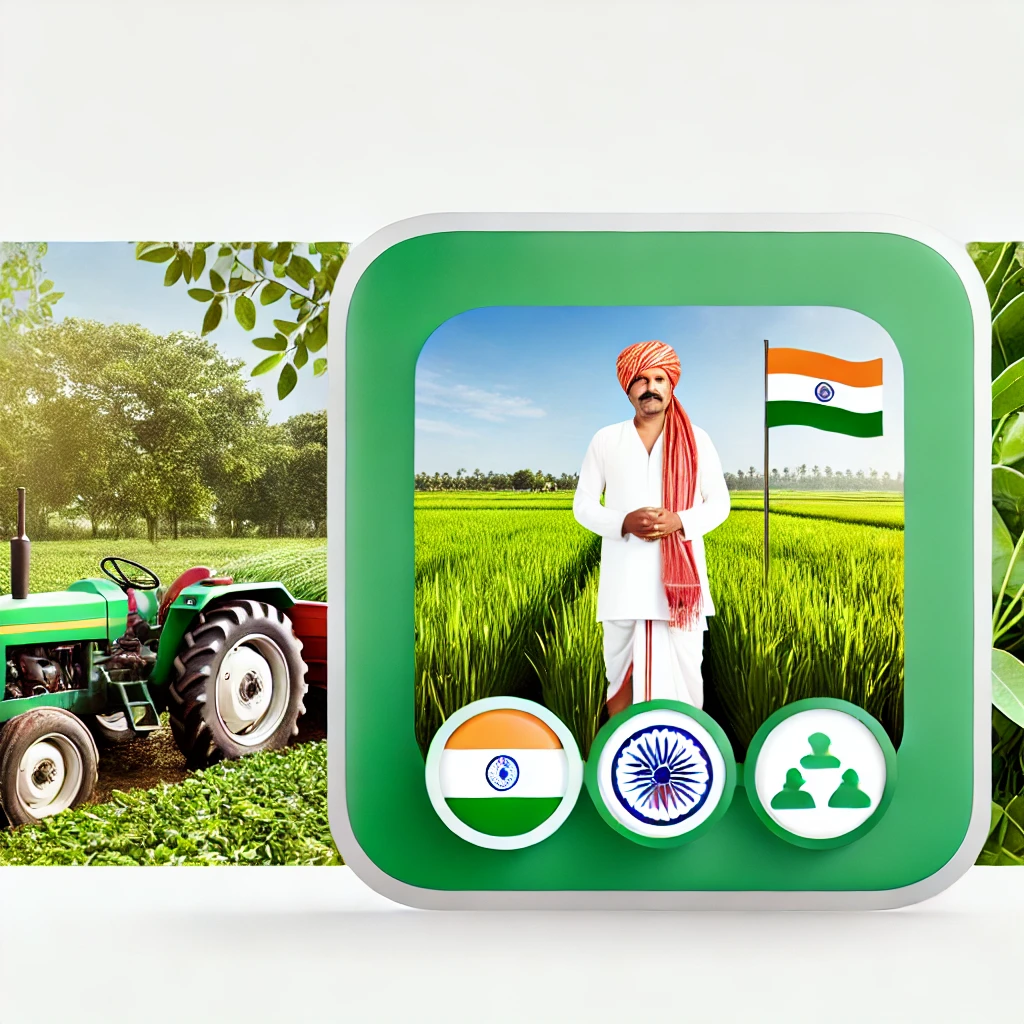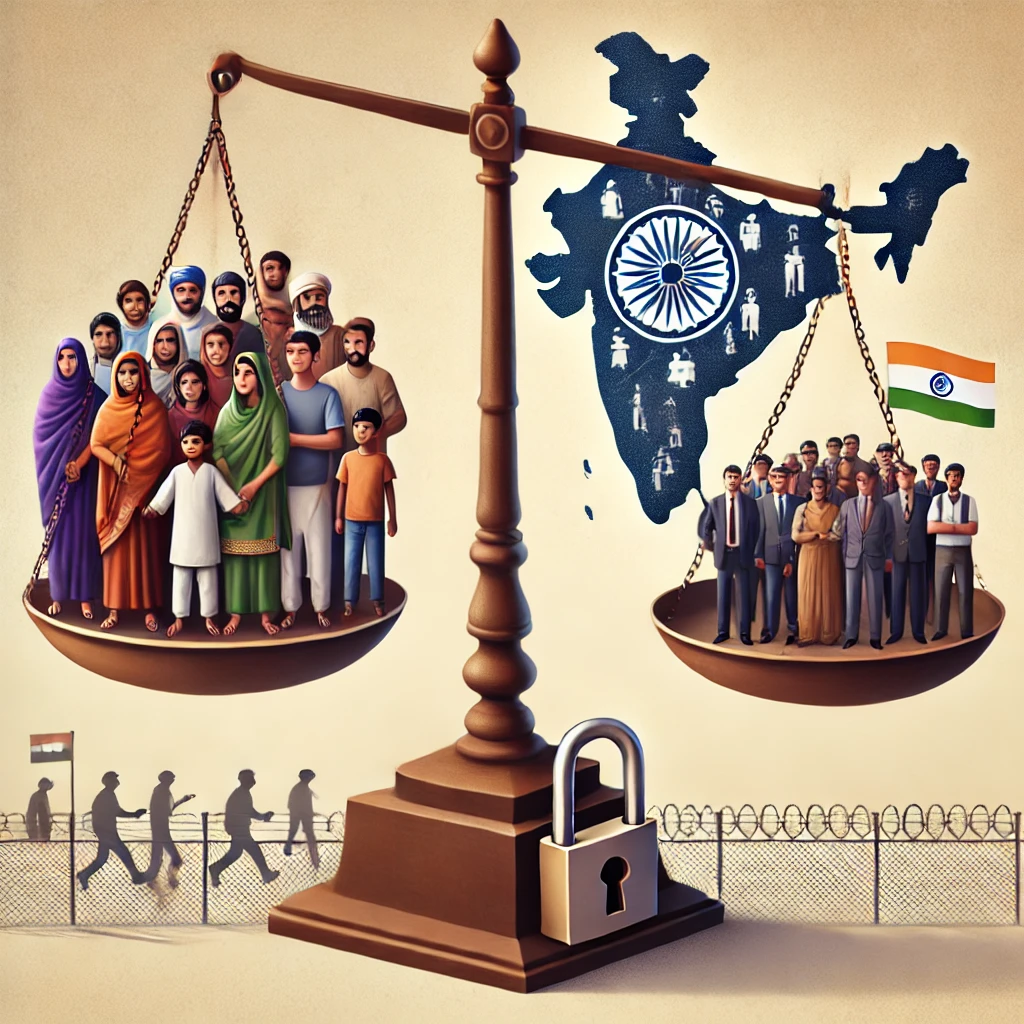Shivraj Singh Chouhan, a veteran leader with a proven track record, has been appointed to lead the Ministry of Agriculture and Farmers Welfare (MoA&FW) in India’s new government. Chouhan’s extensive experience as Chief Minister of Madhya Pradesh, where he achieved notable economic growth, positions him well to address the critical issues in the Indian agriculture sector. With agriculture being a significant part of India’s economy, contributing to GDP, employment, food security, and foreign exchange, it’s crucial to focus on achieving high annual agri-GDP growth and enhancing farmers’ incomes.
Origin of the Article
This editorial is based on “How Shivraj Singh Chouhan can transform Indian agriculture” which was published in Indian Express on 24/06/2024. The article discusses the challenges in agriculture and rural development and suggests possible solutions for the newly formed government in India.
Relevancy for UPSC Students
Understanding the issues and solutions in Indian agriculture is vital for UPSC aspirants, as it is directly related to GS Paper 3 of the syllabus. It helps in understanding the economic and social aspects of rural development, key government initiatives, and policy impacts, which are crucial for both Prelims and Mains exams.
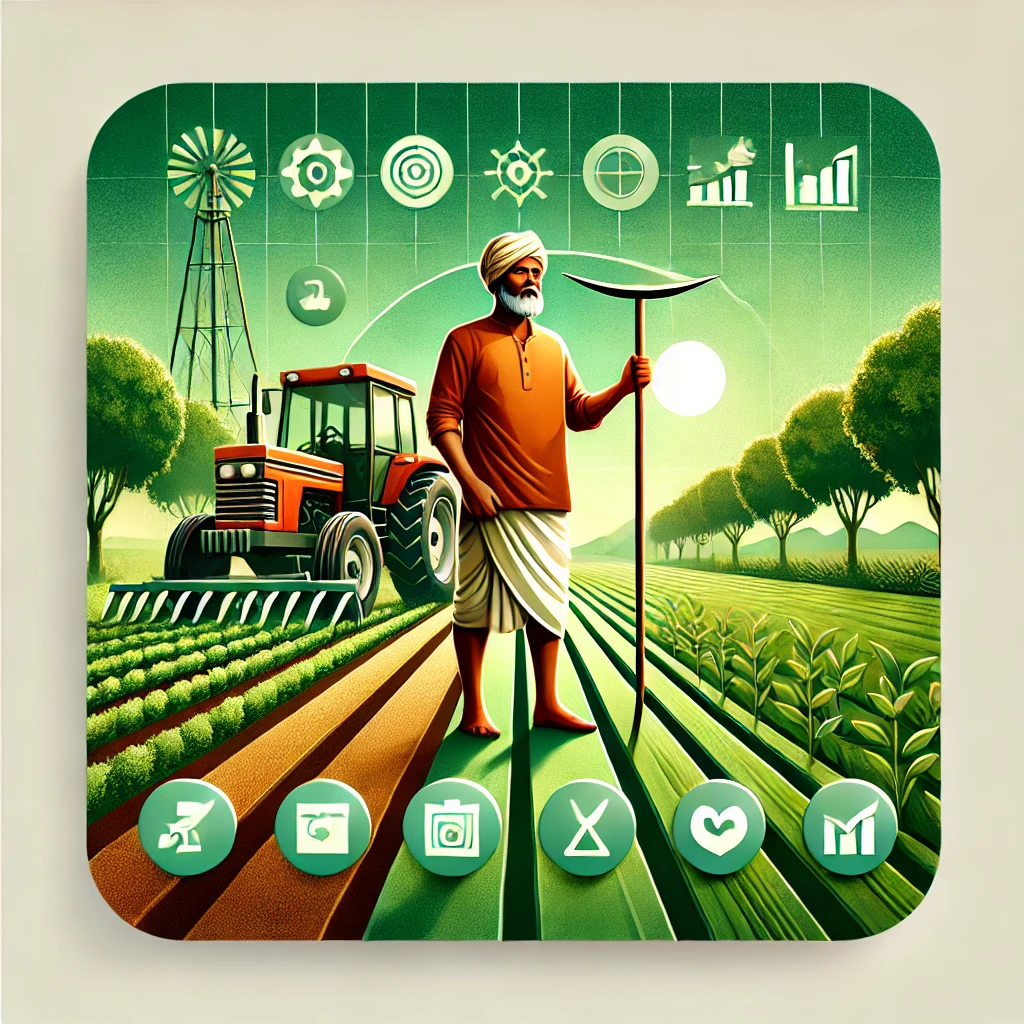
Why in News
The recent appointment of Shivraj Singh Chouhan as the head of the Ministry of Agriculture and Farmers Welfare (MoA&FW) and the Ministry of Rural Development is significant due to his extensive experience in agricultural and rural development. For UPSC aspirants, this development is crucial for understanding the evolving dynamics of India’s agricultural policies and their impact on rural economies. Questions related to agricultural reforms, government initiatives, and rural development have been frequently asked in previous UPSC exams, making this topic especially pertinent for comprehensive exam preparation.
Significance of Agriculture in India
Agriculture is pivotal to India’s economy and socio-cultural fabric. Despite its declining share in GDP, it remains a cornerstone of rural livelihoods and national heritage.
Contribution to GDP
The share of agriculture in India’s GDP has decreased from 35% in 1990-91 to 15% in 2022-23, primarily due to rapid industrial and service sector growth. Despite this, agriculture remains vital for economic stability.
Employment
Agriculture is the largest employer in India, engaging about 45.76% of the workforce, according to the Periodic Labour Force Survey (PLFS) by the Ministry of Statistics and Programme Implementation (MoSPI).
Food Security
India is self-sufficient in staple food production, being the largest producer of milk, pulses, and spices. The Public Distribution System (PDS) and food subsidy programs ensure affordable food access for citizens.
Land Use
India dedicates over 195 million hectares to agriculture, with a significant portion being rainfed. This extensive land use underlines the sector’s crucial role in the country’s geography.
Foreign Exchange
Agricultural exports, including rice, spices, and cotton, significantly contribute to India’s foreign exchange, with the sector earning USD 38.65 billion in exports during April–January 2024.
Socio-Cultural and Environmental Sustainability
Agriculture is integral to India’s cultural identity, preserving traditions and promoting environmental sustainability through practices that maintain soil fertility, water resources, and biodiversity.
Key Challenges Related to the Farm Sector in India
The agricultural sector in India faces multifaceted challenges that hinder its growth and sustainability.
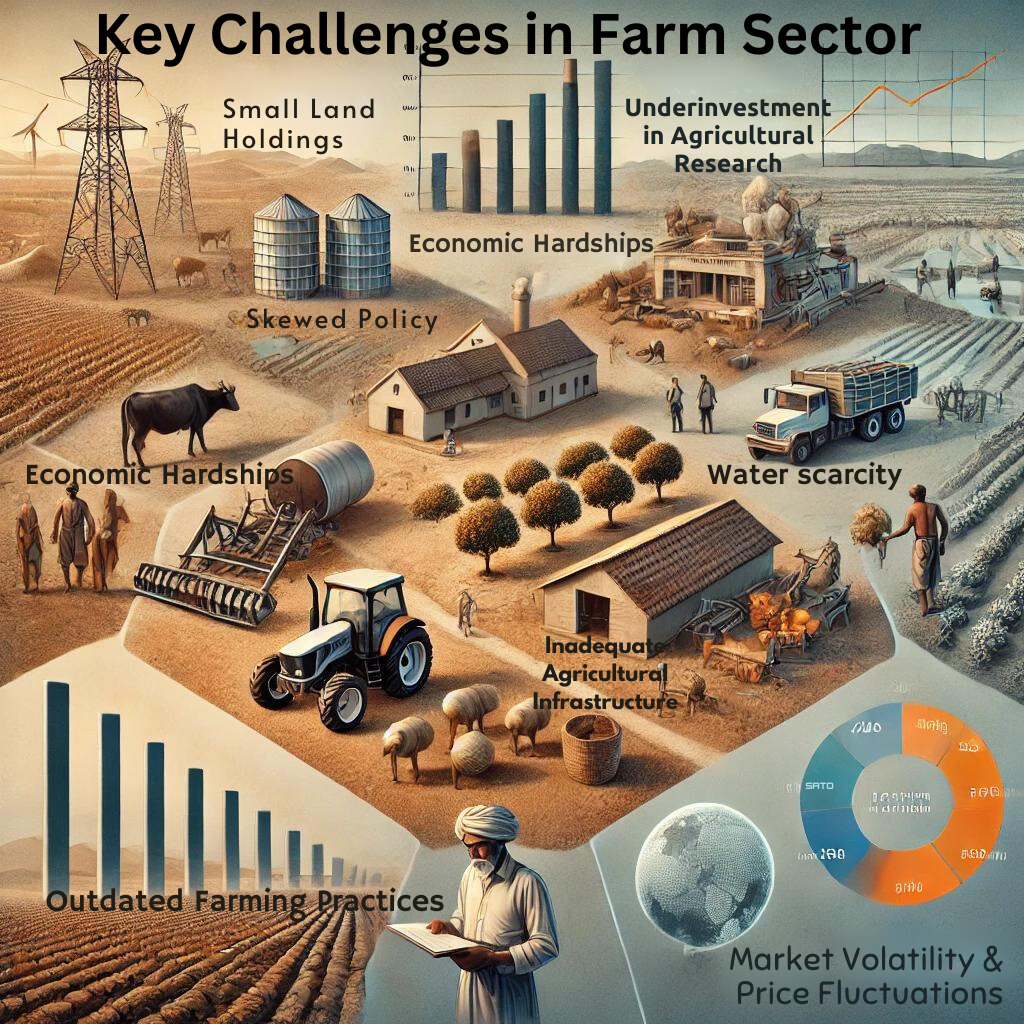
Small Land Holdings
Small land holdings prevent economies of scale, with the average size decreasing to 1.08 hectares in 2015-16. About 86.1% of farmers are classified as small and marginal.
Economic Hardships
Farmers’ average monthly income is relatively low, at approximately ₹10,218, as per a 2019 NSO report. Limited access to affordable credit further exacerbates their financial woes.
Soil Degradation & Water Scarcity
Excessive groundwater extraction and improper land use practices lead to soil degradation, reducing fertility and agricultural productivity.
Inadequate Agricultural Infrastructure
Insufficient storage and cold chain facilities, coupled with poor rural roads, result in post-harvest losses and limited market access for farmers.
Underinvestment in Agricultural Research
Funding for agricultural research has not kept pace with inflation, hampering the adoption of innovative farming practices.
Outdated Farming Practices
Many farmers rely on traditional methods due to limited access to modern techniques and information, and resistance to change.
Market Volatility & Price Fluctuations
Farmers face price volatility due to ineffective market linkages and intermediaries, leaving them vulnerable to exploitation.
Skewed Policy Challenges
Policies providing low-priced cereals through PDS and skewed fertilizer subsidies negatively impact farmers’ income and environmental health.
Climate Change & Natural Disasters
Erratic weather patterns and natural disasters like floods and droughts pose significant risks, leading to crop losses and increased vulnerability.
Key Initiatives Related to Agriculture
The government has introduced several initiatives to support the agricultural sector.
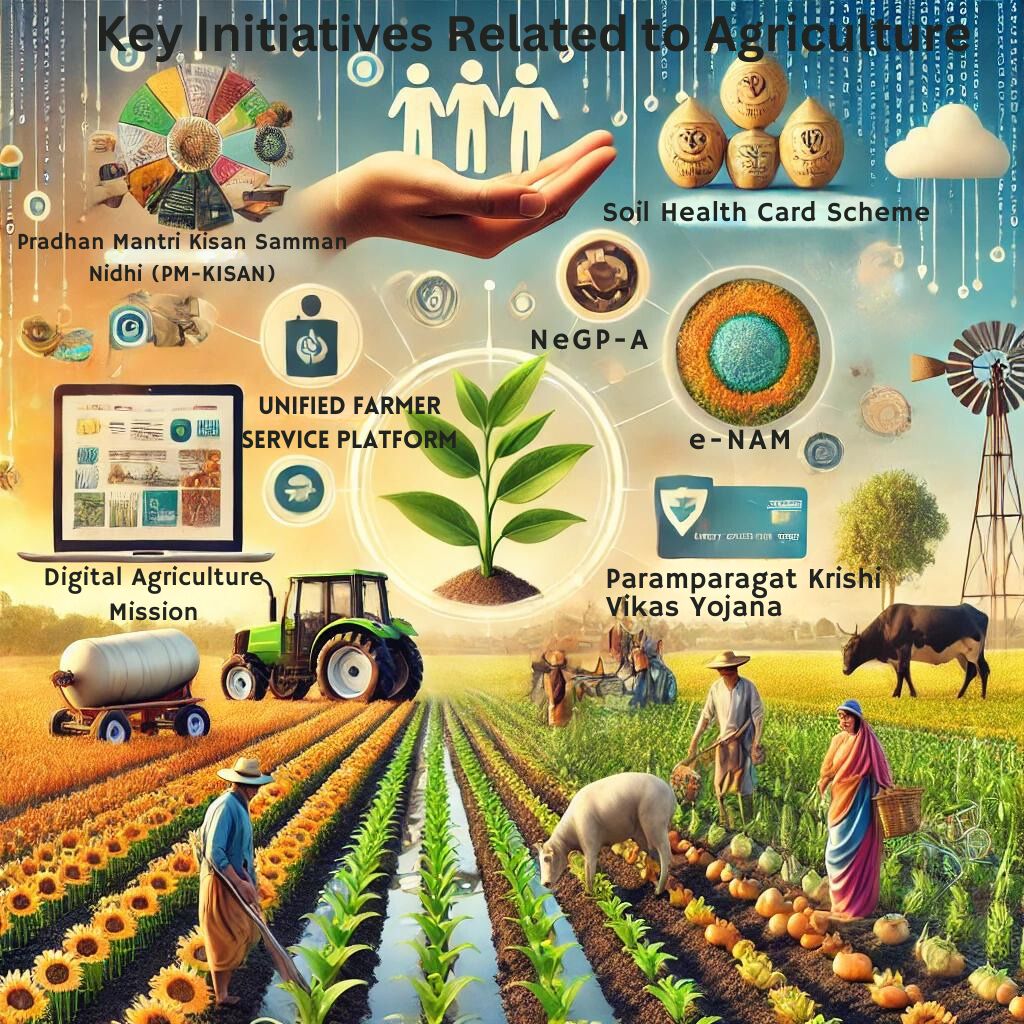
Pradhan Mantri Kisan Samman Nidhi (PM-KISAN): Provides direct income support to farmers.
Pradhan Mantri Fasal Bima Yojana (PMFBY): Offers crop insurance to protect farmers against losses.
Soil Health Card Scheme: Monitors soil health to promote sustainable farming practices.
Pradhan Mantri Krishi Sinchai Yojana (PMKSY): Aims to improve irrigation efficiency.
e-National Agriculture Market (e-NAM): Facilitates online trading for farmers to access better market prices.
National Mission on Sustainable Agriculture: Encourages sustainable farming methods.
Paramparagat Krishi Vikas Yojana (PKVY): Promotes organic farming.
Digital Agriculture Mission: Integrates digital technologies into farming.
Unified Farmer Service Platform (UFSP): Provides a unified digital platform for farmers.
National e-Governance Plan in Agriculture (NeGP-A): Implements e-governance in agriculture.
Mission Organic Value Chain Development for North Eastern Region (MOVCDNER): Focuses on organic farming in the North Eastern region.
PESTEL Analysis
| Political: Shivraj Singh Chouhan’s leadership in MoA&FW and the Ministry of Rural Development brings hope for addressing agricultural challenges. Government initiatives like PM-KISAN and PMFBY aim to support farmers, but policy challenges and market volatility persist. Economic: Agriculture’s contribution to GDP has decreased to 15%, yet it remains vital for employment (45.76%) and foreign exchange (USD 38.65 billion). Economic hardships, small landholdings, and inadequate infrastructure hinder growth. Social: Agriculture is culturally significant, influencing festivals and community life. Small landholdings and low incomes affect farmers’ social status, necessitating inclusive growth and social security programs. Technological: Limited access to modern farming techniques and underinvestment in research impede productivity. Initiatives like the Digital Agriculture Mission and e-NAM aim to enhance technological adoption and market access. Environmental: Soil degradation, water scarcity, and climate change impact productivity. Sustainable practices and climate-resilient agriculture are essential for long-term viability. Legal: Government policies sometimes depress farm-gate prices, making farming less profitable. Reforms in fertilizer subsidies and crop insurance are needed to provide better legal and financial support to farmers. |
Steps Ahead to Reform the Farm Sector in India
Future reforms are essential to revitalizing the agricultural sector.
Holistic Agricultural Approach: Adopt a comprehensive food system approach, improve access to credit, and promote organic farming and FPOs.
Value Chain Development: Develop robust value chains for high-value crops and dairy products through public-private partnerships.
Access to Technologies and Markets: Enhance farmers’ access to modern technologies and global markets, and increase R&D expenditure.
Reform Fertiliser Subsidy: Rationalize subsidies and transition to direct benefit transfers to promote balanced fertilizer use.
Inclusive Growth and Social Security: Implement crop insurance and income support schemes, and assure MSP procurement.
Creating Climate-Resilient Agriculture: Invest in climate-resilient agriculture by developing heat- and flood-resistant seeds and improving water resource management.
Conclusion
Embracing policy reforms that create a favorable environment for agricultural growth will enable India to unlock the full potential of its agricultural sector, making it a cornerstone of national development. This transformation will secure sustainable livelihoods for millions of farmers, enhance food security, foster inclusive growth, and establish India as a global leader in agricultural innovation and sustainability.
| UPSC Civil Services Examination, Previous Year Questions (PYQs) Mains Q. Discuss the various measures taken by the Government to improve the productivity of agriculture in India. How effective have they been in achieving the desired objectives? (GS-III, 2015) Q. Analyze the impact of the Pradhan Mantri Fasal Bima Yojana (PMFBY) on risk management in Indian agriculture. How has it benefited small and marginal farmers, and what further improvements can be made to the scheme? |

